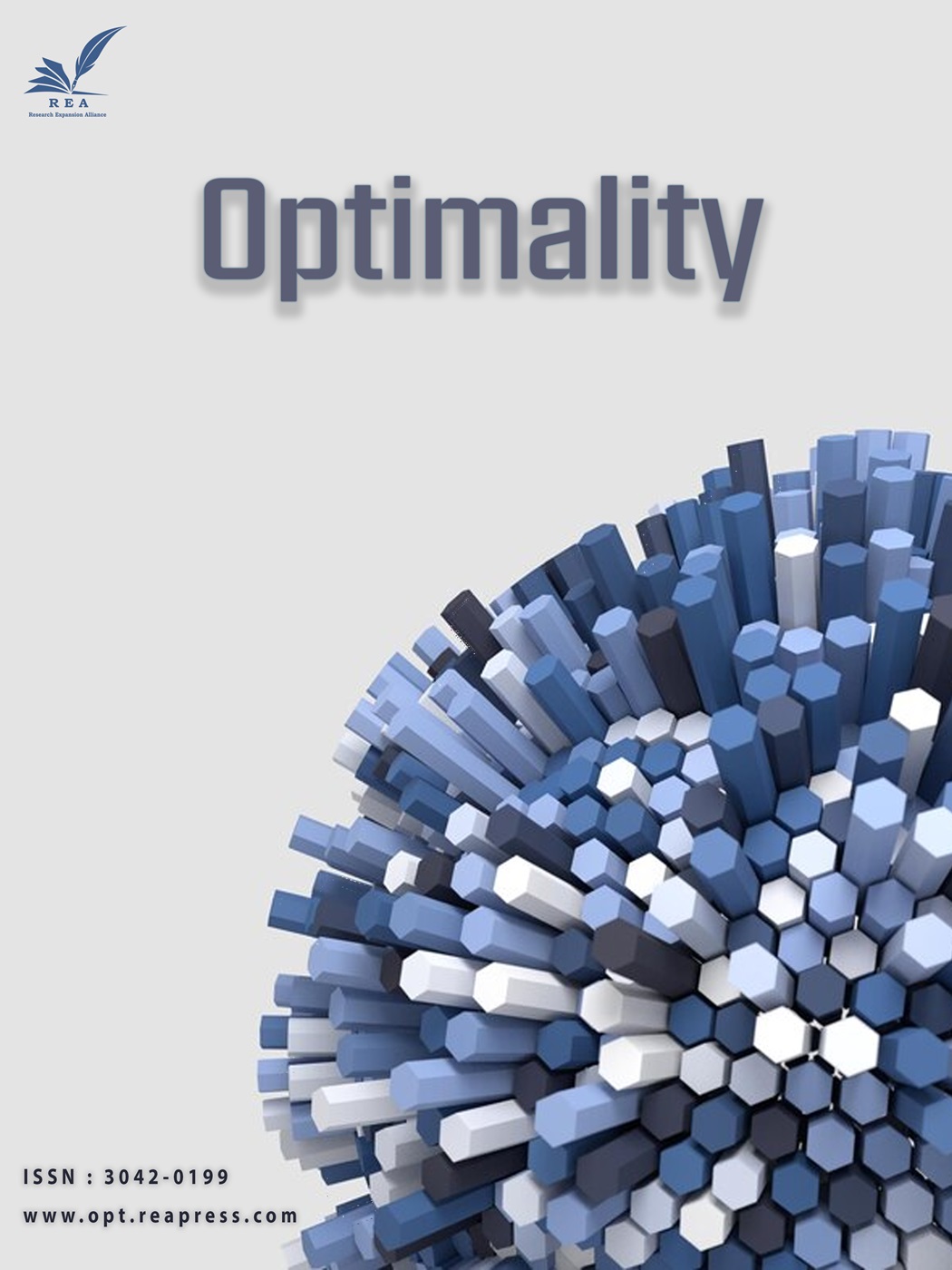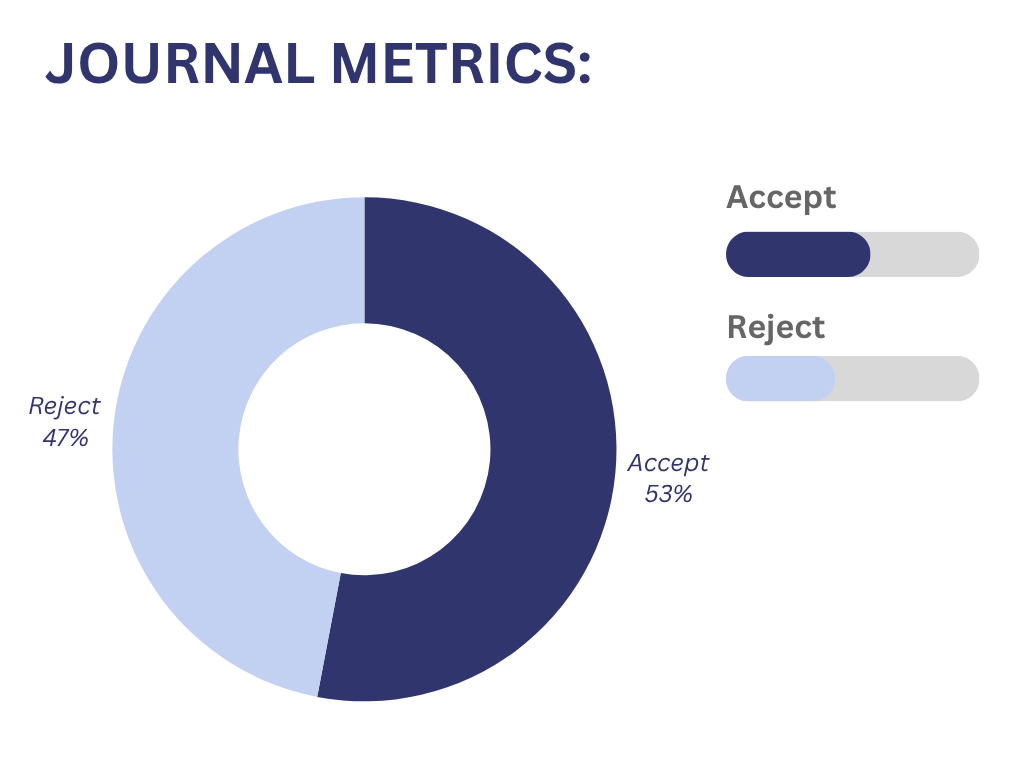A New Approach in Fuzzy Optimization of Time-Cost-Quality Trade-Off Problem
Abstract
Project managers often face different and conflicting objectives when optimizing project resources. In recent years, the demands of project stakeholders regarding reductions in the total cost and time of a project, along with achieving the acceptable quality of the project, have risen significantly. This factor leads researchers to develop models incorporating the quality factor into previously existing time-cost trade-off models. This paper develops a model for the discrete time-cost-quality trade-off problem. For each activity, an execution mode can be selected from a number of possible ones. The time and cost of each mode are assumed to be crisp, but the quality of each mode is a linguistic variable. Therefore, fuzzy logic theory is employed to consider the effects of uncertainty on project quality. Project managers can have different solutions depending on their accepted risk measure by applying α-cut methods in fuzzy logic theory. A new metaheuristic algorithm called NHGA has been developed to solve the model. A case example demonstrates the efficiency of the proposed algorithm for solving the model and its flexibility for project managers' decision-making. The proposed and classic genetic algorithms are prepared using the analysis of variance (ANOVA) method.
Keywords:
Time-cost-quality trade-off, Fuzzy theory, Evolutionary algorithms, ANOVAReferences
- [1] Afshar, A., Kaveh, A., & Shoghli, O. R. (2007). Multi-objective optimization of time-cost-quality using multi-colony ant algorithm. Fuzzy sets and systems, 8(2), 113–124. file:///C:/Users/NoteBook/Downloads/103820070203.pdf
- [2] Asady, B. (2010). The revised method of ranking LR fuzzy number based on deviation degree. Expert systems with applications, 37(7), 5056–5060. https://doi.org/10.1016/j.eswa.2009.12.005
- [3] Azaron, A., & Tavakkoli-Moghaddam, R. (2007). Multi-objective time-cost trade-off in dynamic PERT networks using an interactive approach. European journal of operational research, 180(3), 1186–1200. DOI:10.1016/j.ejor.2006.05.014
- [4] Babu, A. J. G., & Suresh, N. (1996). Project management with time, cost, and quality considerations. European journal of operational research, 88(2), 320–327. DOI:10.1016/0377-2217(94)00202-9
- [5] Chen, S. M., & Wang, C. H. (2009). Fuzzy risk analysis based on ranking fuzzy numbers using α-cuts, belief features and signal/noise ratios. Expert systems with applications, 36(3), 5576–5581. https://doi.org/10.1016/j.eswa.2008.06.112
- [6] Zheng, D. X. M., Ng, S. T., & Kumaraswamy, M. M. (2005). Applying pareto ranking and niche formation to genetic algorithm-based multiobjective time–cost optimization. Journal of construction engineering and management, 131(1), 81–91. DOI:10.1061/(asce)0733-9364(2005)131:1(81)
- [7] De, P., Dunne, E. J., Ghosh, J. B., & Wells, C. E. (1997). Complexity of the discrete time-cost tradeoff problem for project networks. Operations research, 45(2), 302–306. DOI:10.1287/opre.45.2.302
- [8] Adel, S. M., & Elmaghraby, S. E. (1984). Optimal linear approximation in project compression. IIE transactions, 16(4), 339-347.
- [9] El-Rayes, K., & Kandil, A. (2005). Time-cost-quality trade-off analysis for highway construction. Journal of construction engineering and management, 131(4), 477–486. DOI:10.1061/(asce)0733-9364(2005)131:4(477)
- [10] Falk, J. E., & Horowitz, joel L. (1972). Critical path problems with concave cost-time curves. Management science, 19(4 Part 1), 446–455. DOI:10.1287/mnsc.19.4.446
- [11] Feng, C. W., Liu, L., & Burns, S. A. (1997). Using genetic algorithms to solve construction time-cost trade-off problems. Journal of computing in civil engineering, 11(3), 184–189. DOI:10.1061/(asce)0887-3801(1997)11:3(184)
- [12] Fortemps, P., & Roubens, M. (1996). Ranking and defuzzification methods based on area compensation. Fuzzy sets and systems, 82(3), 319–330. DOI:10.1016/0165-0114(95)00273-1
- [13] Fulkerson, D. R. (1961). A network flow computation for project cost curves. Management science, 7(2), 167–178. DOI:10.1287/mnsc.7.2.167
- [14] Goyal, S. K. (1975). Note—a note on “a simple CPM time-cost tradeoff algorithm. Management science, 21(6), 718–722. DOI:10.1287/mnsc.21.6.718
- [15] Hasançebi, O., & Erbatur, F. (2000). Evaluation of crossover techniques in genetic algorithm based optimum structural design. Computers & structures, 78(1–3), 435–448. https://doi.org/10.1016/S0045-7949(00)00089-4
- [16] Hindelang, T. J., & Muth, J. F. (1979). Dynamic programming algorithm for decision CPM networks. Oper res, 27(2), 225–241. DOI:10.1287/opre.27.2.225
- [17] Chao-guang, J., Zhuo-shang, J., Yan, L., Yuan-min, Z., & Zhen-dong, H. (2005). Research on the fully fuzzy time-cost trade-off based on genetic algorithms. Journal of marine science and application, 4(3), 18–23. DOI:10.1007/s11804-005-0016-1
- [18] Kapur, K. C. (1973). An algorithm for project cost-duration analysis problem with quadratic and convex cost functions. AIIE transactions, 5(4), 314–322. DOI:10.1080/05695557308974917
- [19] Kelley, J. E. (1961). Critical-path planning and scheduling: mathematical basis. Operations research, 9(3), 296–320. DOI:10.1287/opre.9.3.296
- [20] Modarres, M., & Sadi-Nezhad, S. (2001). Ranking fuzzy numbers by preference ratio. Fuzzy sets and systems, 118(3), 429–436. DOI:10.1016/S0165-0114(98)00427-8
- [21] Moder, J. J., Phillips, C. R., & Davis, E. W. (1983). Project management with CPM, PERT, and precedence diagramming. Van Nostrand Reinhold. https://www.amazon.com/Project-Management-Pert-Precedence-Diagramming/dp/0442254156
- [22] Shahsavari Pour, N., Modarres, M., Aryanejad, M. B., & Tavakoli Moghadam, R. (2010). The discrete time-cost-quality trade-off problem using a novel hybrid genetic algorithm. Applied mathematical sciences, 4(41–44), 2081–2094.
- [23] Nojehdehi, R. R., Maleki, P., Abianeh, M., & Valami, H. B. (2012). A geometrical approach for fuzzy production possibility set in data envelopment analysis (DEA) with fuzzy input - output levels. African journal of business management, 6(7), 2738–2745.
- [24] Bagherzadeh Valami, H., & Raeinojehdehi, R. (2016). Ranking units in data envelopment analysis with fuzzy data. Journal of intelligent and fuzzy systems, 30(5), 2505–2516. DOI:10.3233/IFS-151756
- [25] Shermeh, H. E., Najafi, S. E., & Alavidoost, M. H. (2016). A novel fuzzy network SBM model for data envelopment analysis: a case study in Iran regional power companies. Energy, 112, 686–697. DOI:10.1016/j.energy.2016.06.087
- [26] Nozari, H., Najafi, E., Fallah, M., & Lotfi, F. H. (2019). Quantitative analysis of key performance indicators of green supply chain in FMCG industries using non-linear fuzzy method. Mathematics, 7(11), 1020. DOI:10.3390/math7111020
- [27] Shahsavari-Pour, N., Modarres, M., Tavakoli-Moghadam, R., & Najafi, E. (2010). Optimizing a multi-objectives time-cost-quality trade-off problem by a new hybrid genetic algorithm. World applied science journal, 10(3), 355–363.
- [28] SIEMENS N. (1971). Simple CPM time-cost tradeoff algorithm. Management science, 17(6), B-354. https://doi.org/10.1287/mnsc.17.6.B354
- [29] Tareghian, H. R., & Taheri, H. (2006). An application of randomized minimum cut to the project time/cost tradeoff problem. Applied mathematics and computation, 173(2), 1200–1207. DOI:10.1016/j.amc.2005.04.063
- [30] Tareghian, H. R., & Taheri, S. H. (2007). A solution procedure for the discrete time, cost and quality tradeoff problem using electromagnetic scatter search. Applied mathematics and computation, 190(2), 1136–1145. DOI:10.1016/j.amc.2007.01.100
- [31] Zheng, D. X. M., Ng, S. T., & Kumaraswamy, M. M. (2004). Applying a genetic algorithm-based multiobjective approach for time-cost optimization. Journal of construction engineering and management, 130(2), 168–176. DOI:10.1061/(asce)0733-9364(2004)130:2(168)



